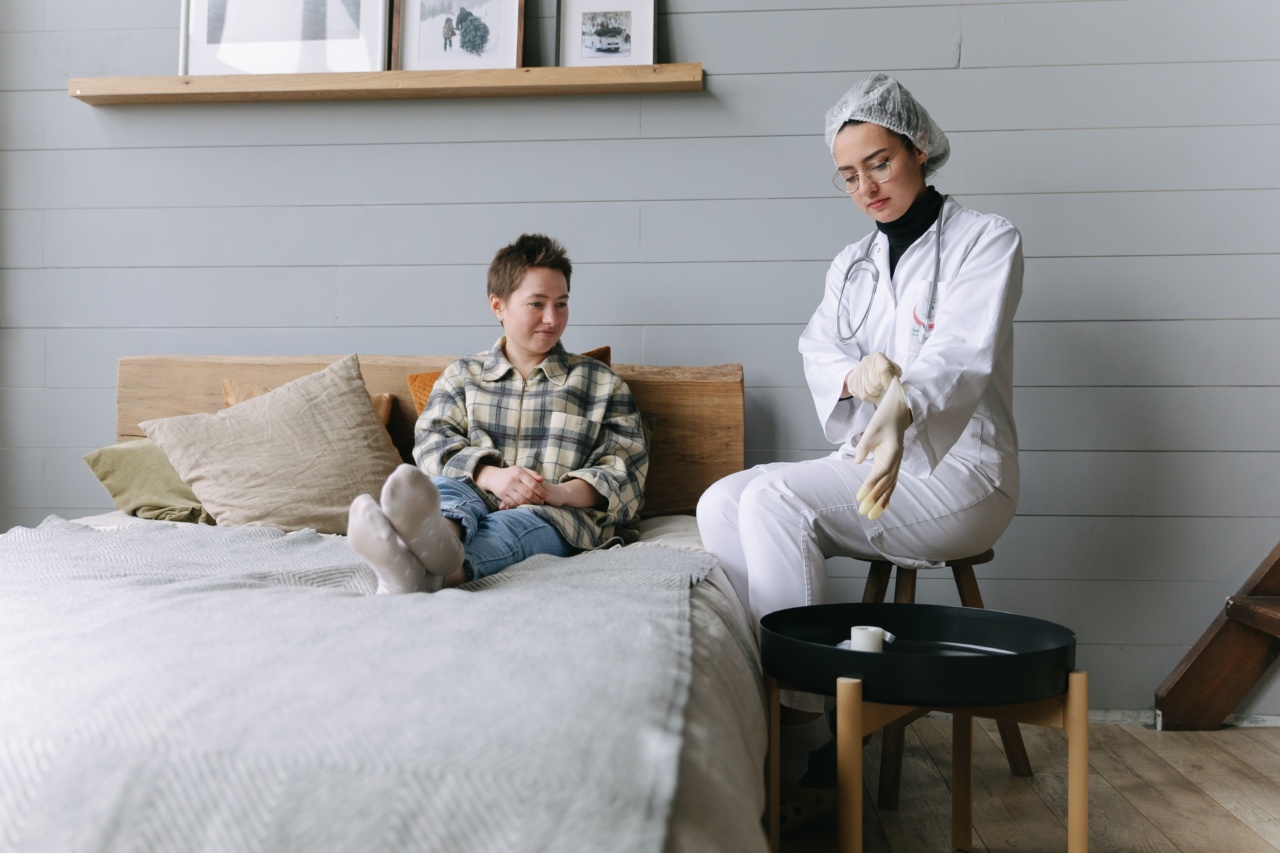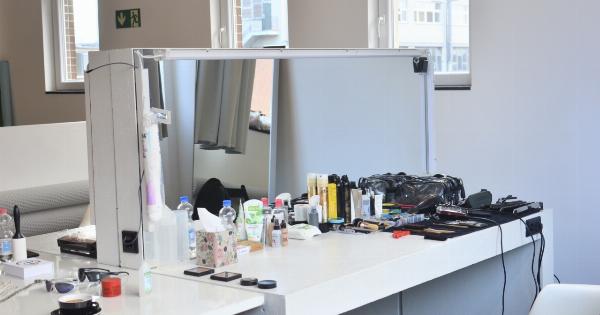Hair loss can be a distressing experience for both men and women, and it can occur due to various reasons. Genetics, hormonal changes, stress, medication, and medical conditions are some of the factors that can lead to hair loss.
While there are many options available for treating hair loss, one of the most innovative and effective treatments is platelet-rich plasma (PRP) therapy.
What is platelet-rich plasma (PRP) therapy?
PRP is a medical treatment that uses your own growth factors to stimulate hair growth. The treatment involves injecting a concentrated solution of platelets derived from your own blood into your scalp.
The platelets contain a concentrated amount of growth factors that can stimulate hair growth.
How does PRP therapy work?
The first step of the treatment is to draw some blood from your arm. The blood is then put into a centrifuge, which separates the platelets from the other blood components. The platelets are then concentrated to create the PRP solution.
Once the PRP solution is created, it is injected into the areas of your scalp that are experiencing hair loss.
The growth factors in the PRP solution then stimulate the hair follicles to grow new hair and improve the size and thickness of existing hair.
What are the benefits of PRP therapy?
PRP therapy offers numerous benefits for hair loss sufferers. Some of the benefits include:.
- Improvement in hair thickness and density
- Increased length of the hair growth phase
- Accelerated hair growth
- Decreased hair shedding
- Potential for regrowth of dormant hair follicles
Who is a good candidate for PRP therapy?
PRP therapy is an ideal treatment for those who are experiencing hair loss due to androgenetic alopecia, which is the most common form of hair loss.
It is also a good option for those who are in the early stages of hair loss or are experiencing hair thinning and want to prevent further hair loss. However, PRP therapy may not be suitable for those who have a medical condition that is causing their hair loss.
What is the PRP therapy process like?
PRP therapy is a non-surgical, outpatient procedure that typically takes less than an hour to complete. The procedure involves the following steps:.
- Blood is drawn from your arm and placed in a centrifuge to separate the platelets from other blood components.
- The platelets are then concentrated to create a PRP solution.
- A topical anesthetic is applied to your scalp to numb the injection sites.
- The PRP solution is injected into the areas of your scalp that are experiencing hair loss.
- You may experience mild swelling and tenderness at the injection sites for a few hours after the treatment, but there is usually minimal downtime.
How many PRP therapy sessions are needed?
The number of PRP therapy sessions needed varies from person to person and depends on the severity of the hair loss. In general, most people need three to six treatments spaced four to six weeks apart to achieve the best results.
After the initial treatments, follow-up treatments may be done every six months to maintain the hair growth.
What are the side effects of PRP therapy?
PRP therapy is a safe and effective treatment with minimal side effects. Some people may experience mild swelling, redness, or tenderness at the injection sites, but these usually subside within a few hours.
There is also a small risk of infection, but this can be reduced by following post-treatment care instructions carefully.
Conclusion
PRP therapy is a safe and effective treatment for hair loss that uses your own growth factors to stimulate hair growth. The treatment involves injecting a concentrated solution of platelets derived from your own blood into your scalp.
The platelets contain a concentrated amount of growth factors that can stimulate hair growth. PRP therapy offers numerous benefits for hair loss sufferers and is an ideal treatment for those who are experiencing hair loss due to androgenetic alopecia or are in the early stages of hair loss.


























